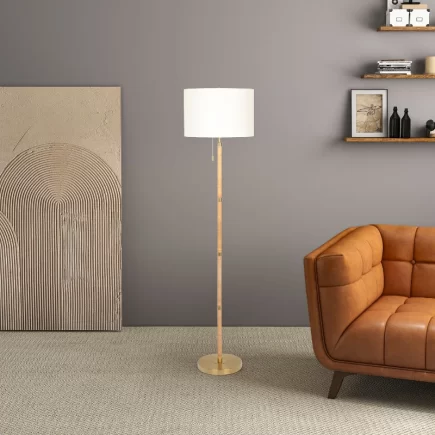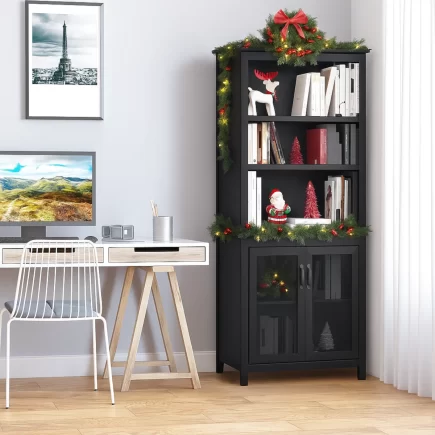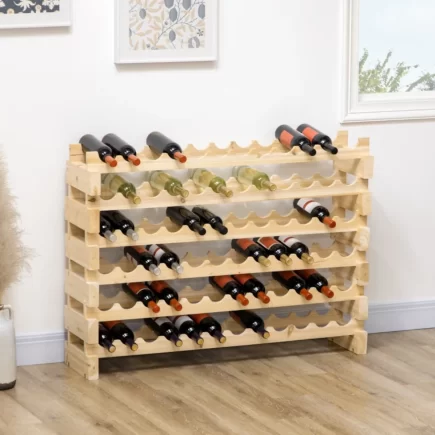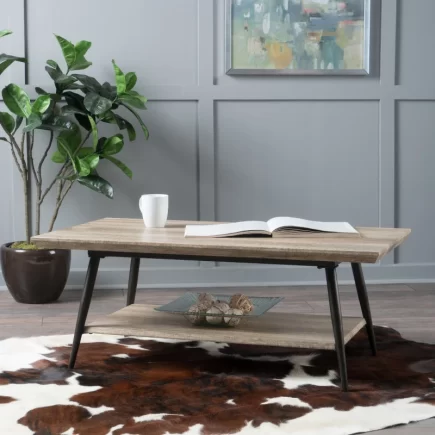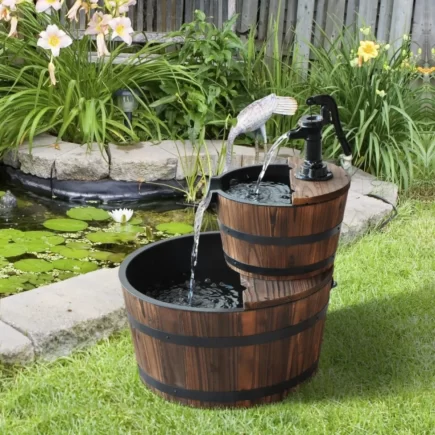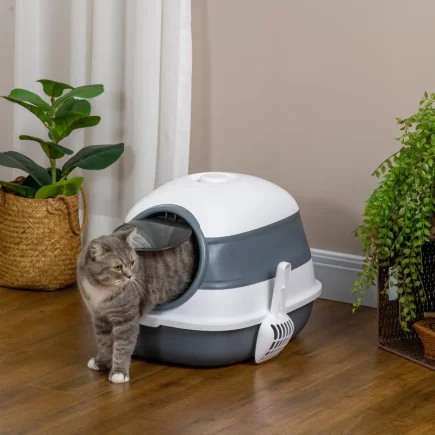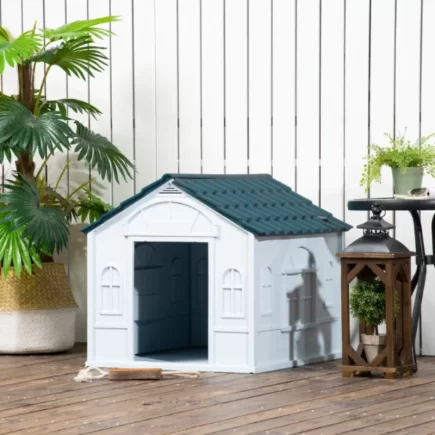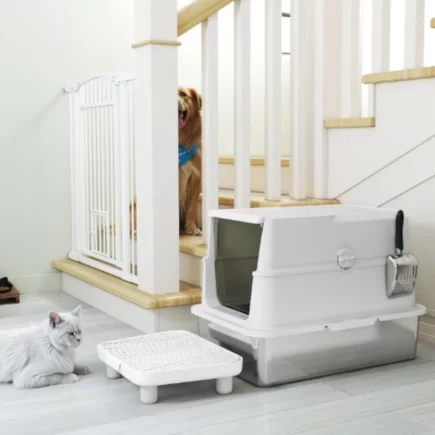Choosing the right blanket is essential for ensuring a comfortable night’s sleep, promoting better health, and enhancing the overall ambiance of your bedroom. With so many options available, the process of selecting the perfect blanket can often feel overwhelming. From fabric choices to warmth levels, understanding your needs will help guide you in making a decision that supports both your comfort and lifestyle.

In this article, we will break down all the key factors you need to consider when choosing the ideal blanket, making the process straightforward and stress-free.
Understand Your Temperature Needs
The very first step in choosing a blanket is identifying your temperature preferences. Some people run warm and wake up sweaty if their blanket traps too much heat, while others feel cold and need extra insulation to stay comfortable. Climate also plays a role, what works in a coastal summer may be far from ideal in a northern winter.
- If you often feel warm at night or live in a humid region, breathable fabrics like cotton, bamboo, or linen will keep you cool and comfortable. These materials allow airflow, wick away moisture, and prevent that heavy, stuffy feeling.
- If you tend to get cold easily or your home stays chilly in winter, heavier insulating options such as wool, fleece, or down provide reliable warmth. They trap body heat effectively while still feeling cozy and soft.
- For households with changing seasons, consider all-season blankets or layering two lighter options. This gives flexibility, you can peel back layers in warmer months and stack them up when the temperature drops.
By matching your blanket to your sleep temperature, you’ll create the foundation for better, more restful nights.
Explore Different Blanket Materials
The material is the heart of any blanket, it determines how it feels against your skin, how warm it is, and how easy it is to care for. Each fabric brings its own strengths:
- Cotton: A timeless choice, cotton is soft, breathable, and durable. It works well year-round in moderate climates and is easy to wash. However, it may not provide enough insulation in very cold weather.
- Wool: Known for its natural warmth, wool is excellent in cold climates. It regulates heat while releasing moisture, keeping you comfortable without overheating. Some people find it a bit heavy, but its insulating power is unmatched.
- Fleece: Lightweight yet cozy, fleece is great for people who want warmth without the weight of wool. It’s especially useful in colder regions, but can feel too warm for those who sleep hot.

- Down and Down Alternatives: Down blankets are luxuriously light while still being insulating, perfect for winter. If you’re sensitive to feathers, down alternatives filled with microfiber mimic the feel without triggering allergies.
- Synthetic Fabrics (Polyester, Microfiber): Affordable, easy to clean, and durable, these blankets are popular for everyday use. While they resist wrinkles and fading, they don’t breathe as well as natural fibers.
- Eco-Friendly Fabrics (Bamboo, Tencel, Organic Cotton): A growing category, these fabrics are sustainable, soft, and naturally hypoallergenic. They’re ideal for people with sensitive skin or those who want an environmentally responsible choice.
When choosing a material, think about your priorities, whether that’s softness, durability, low maintenance, or sustainability.
Weighted Blankets for Deeper Sleep
In recent years, weighted blankets have become a favorite for people looking to improve their sleep quality. Unlike standard blankets, they contain evenly distributed beads or pellets that add gentle pressure across the body. This sensation, known as “deep touch stimulation,” can help reduce anxiety, calm the nervous system, and encourage deeper rest.
The right weight is typically around 10% of your body weight, so a 15-pound blanket is ideal for someone weighing about 150 pounds. Weighted blankets aren’t for everyone, but if you struggle with stress or insomnia, they can be a game-changer.

Get the Right Size and Fit
A blanket should cover you comfortably without being awkward to handle. Too small, and you’ll constantly tug at it during the night; too large, and it may feel bulky or slide off the bed.
In general, choose a blanket that matches your mattress size with a few extra inches for draping:
- Twin: 66 x 90 in.
- Full/Double: 80 x 90 in.
- Queen: 90 x 90 in.
- King: 108 x 90 in.
- California King: 104 x 96 in.
If you’re buying a decorative throw for the couch or the end of your bed, a slightly smaller size will work fine. For couples, oversized blankets can prevent nightly tug-of-war.
Durability and Care Considerations
How long a blanket lasts depends not just on the material but also on how you care for it. Synthetics like polyester are very low-maintenance, they resist shrinking, fading, and wrinkling. Cotton is also durable and machine-washable, though it may shrink if not pre-treated. Premium options like wool and down require extra care, sometimes even dry cleaning, to maintain their structure and softness.
If you’re someone who washes bedding frequently, opt for machine-washable fabrics. For investment blankets, a duvet cover is a smart way to protect them and extend their life.

Budget and Value
Blankets come in every price range, and while budget matters, it’s worth weighing long-term value. Polyester and fleece options are very affordable, but may need replacing sooner. Mid-range cotton or blended fabrics balance quality with price, while luxury options like goose down or organic wool cost more upfront but can last years with proper care.
The key is to decide where to invest, if sleep quality and longevity are top priorities, spending more on a high-quality blanket can be worthwhile. For kids’ rooms or casual throws, more affordable synthetics often make sense.
Health-Friendly and Hypoallergenic Options
If you deal with allergies, asthma, or sensitive skin, the wrong blanket can disrupt your sleep. Luckily, there are plenty of safe options. Down-alternative blankets are made for people who can’t tolerate feathers. Bamboo and Tencel are naturally hypoallergenic and breathable, keeping irritants like dust mites at bay. Synthetic microfibers are also resistant to allergens, though they may feel warmer for hot sleepers.
For an added layer of protection, consider using a washable duvet cover to cut down on allergens and make cleaning easier.
Style and Aesthetics
A blanket doesn’t just serve a functional purpose, it can transform the look of your room. Neutral colors like white, beige, or grey create a timeless backdrop that blends easily with changing décor. Bold colors and patterns, on the other hand, can add personality and make the blanket a statement piece.
Texture also matters. Quilted designs give a structured, cozy feel, while chunky knits add warmth and visual depth. Layering blankets with throws or decorative pieces can create a polished, inviting bedroom look similar to luxury hotels.

Specialty and Seasonal Choices
Beyond the everyday options, there are specialty blankets designed for specific needs:
- Cooling blankets made from temperature-regulating fabrics are ideal for hot sleepers.
- Electric heated blankets offer adjustable warmth for cold nights.
- Travel blankets are compact, easy to carry, and perfect for flights or road trips.
- All-season quilts provide balanced weight and warmth, making them suitable year-round.
By having more than one blanket, you can adapt to changing seasons and situations without sacrificing comfort.
Sustainability and Longevity
For eco-conscious buyers, sustainable blankets are increasingly available. Look for organic cotton, bamboo, or Tencel certified by trusted eco-labels. Ethically sourced wool and responsibly harvested down also provide warmth without environmental guilt.
Durability is another form of sustainability, choosing a well-constructed blanket with reinforced edges and quality stitching ensures it lasts longer, reducing the need for replacements.

Choosing the perfect blanket isn’t about picking the prettiest color or softest touch, it’s about finding the balance between comfort, practicality, and style. By considering your sleep temperature, the best material for your lifestyle, size requirements, and maintenance preferences, you can select a blanket that will not only improve your rest but also enhance your bedroom’s design.
Finding the Perfect Blanket for Lasting Comfort
Selecting the perfect Bed Blanket involves more than simply picking the softest or most colorful option. It’s about considering factors like your personal preferences, the climate where you live, the material that suits your skin and lifestyle, and the size and durability of the blanket. By carefully evaluating your needs, you can choose a blanket that will not only provide warmth and comfort but will also enhance your bedroom’s aesthetic and last for years.
FAQs
1. How do I choose a blanket for a guest room?
For a guest room, choose a blanket that is versatile and suitable for different preferences. Opt for a neutral color or pattern that complements the room’s decor and select a medium-weight fabric that can work in various temperatures.
2. How often should I replace my blanket?
Generally, blankets should be replaced every 5-10 years, depending on their material and usage. Over time, wear and tear from frequent washing or prolonged use can diminish their insulation and comfort levels, necessitating a replacement.
3. Can a blanket affect my sleep quality?
Yes, the right blanket can improve sleep quality by providing comfort and maintaining the ideal body temperature. A poorly chosen blanket, whether too warm or too cold, can disrupt your rest and lead to discomfort throughout the night.

